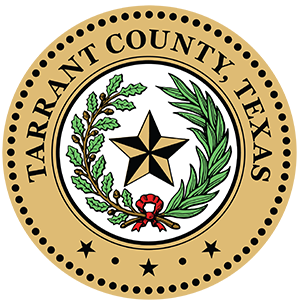Updated Nutrition Facts Label
Updated Nutrition Facts Label

The current Nutrition Facts label is 20 years old. In May 2016, the Food and Drug Administration (FDA) made some changes to the current label we see on food and drink packages. The changes will be widely published for use by the summer of 2018. The new labels will reflect new scientific information that demonstrates the link between chronic diseases and diet. The FDA hopes that the information will help consumers make better, more informed choices at the grocery store. The new label is meant to be a guide toward making healthier nutrition choices.
The following improvements have been made to the Nutrition Facts label:
- The new label highlights the words calories, serving sizes and servings per container. The words are also in a bigger size, making these important facts easier to see when you are shopping.
o Serving sizes will be updated to reflect the amount of foods that people actually eat or drink. These amounts have changed since the 1993 data used to create the current label. These amounts may increase or decrease depending of what people normally consume. For example, the serving size for a soda is going from 8 to 12 ounces, since this more closely reflects what people normally consume.
o For packages between 1 and 2 servings, the calories and nutrients will be labeled as one serving, to reflect what people typically consume (20 ounce soda).
o For packages that include more than one serving, but could be consumed either in one serving or in multiple servings, the label will have to include a dual column. This way people will easily see how much they are consuming (24 ounce soda).

- The business has to state the actual amounts (in addition to the Daily Value Percentage) of vitamin D, potassium, iron and calcium.
- The wording describing Daily Value Percentage has been changed to define this term more accurately.
- "Added sugars" will be included on the label. This will include the Daily Value Percentage and the amount of sugar in grams.
o The American Heart Association recommends that we eat less than 6 teaspoons (24 grams) of sugar per day. This is very hard to do if you take into account that a 20 ounce soda has 250 percent of the suggested added sugar limit. The hope is that making this change to the label will make people more aware of the amounts of sugar in foods and drinks; and awareness will lead to a decreased intake of sugar, which is related to better health.
o "Added sugars" include sugars that are added not only during processing but also when preparing food. These "added sugars" come from syrup, honey and concentrated juices (in excess of what would be expected from 100 percent fruit or vegetable juice).
- The list of nutrients allowed on the label has been updated to require vitamin D, potassium, calcium and iron. Vitamins A and C are now an optional part of the label.
o Vitamin D and potassium have been added since most Americans do not get enough of these nutrients and insufficient amounts are associated with increased risk of chronic disease.
- These will include the amount in grams and the Daily Value Percentage.
o Decreased intake of vitamins A and C is very rare so these are now an optional part of label.
- “Calories from fat” is being removed from the label. Total fat, saturated fat and trans fat amounts will still be listed. This is change is based on the fact that the type of fat being eaten is more important to health than the amount of fat.
o The amount of trans fats in foods will be reduced, but will not be eliminated, therefore the FDA still requires it on the label. Some trans fats are naturally occurring in animal foods.
- The Daily Values for fiber and Vitamin D are being updated based on the latest research.
o These will be consistent with the Institute of Medicine’s recommendations in the 2015-2020 Dietary Guidelines for Americans

Some more facts:
- Minor changes will also be made to the Supplemental Facts label found on dietary supplements to make it consistent with the Nutrition Facts Label.
- These changes also apply to imported foods.
- Most manufacturers have until July 2018 to comply with the requirements.
- The FDA will conduct outreach and education on the new requirements.


 TARRANT COUNTY, TX
TARRANT COUNTY, TX

 Chronic Disease Prevention
Chronic Disease Prevention